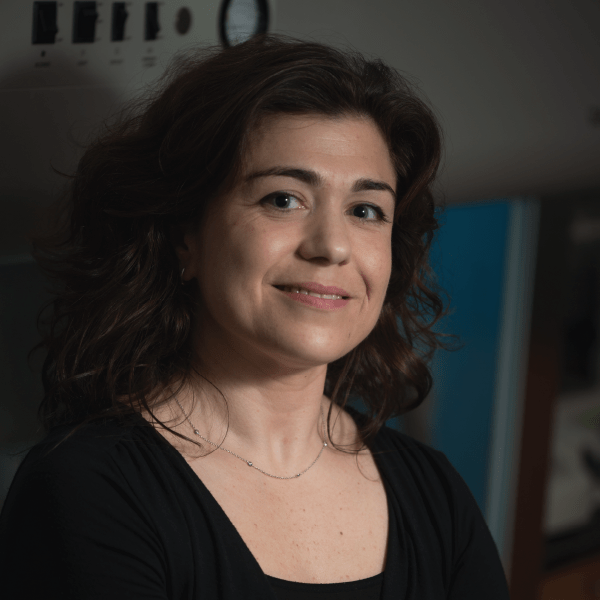About Laura Segatori

Laura Segatori, PhD
Professor of Bioengineering, Chemical & Biomolecular Engineering, and Biosciences
Google Scholar | segatori@rice.edu
Postdoctoral Fellow, Department of Chemistry , The Scripps Research Institue (20 07 – 20 05 )
Ph.D., Chemical Engineering , The University of Texas at Austin (20 05 )
Laura , Industrial Biotechnology , Bologna, Italy (200 0 )
Laura Segatori is a Professor in Bioengineering at Rice University. Her research group is highly interdisciplinary and combines principles and tools from engineering and science to develop systems-level strategies to reprogram quality control systems in mammalian cells.
Research
Drawing on her interdisciplinary training, she combines principles and tools from engineering and science to elucidate, manipulate, and control biological systems. Her research group applies cell and protein engineering tools, synthetic biology strategies, and classical biochemistry and molecular biology methods to understand and manipulate cellular quality control mechanisms to create synthetic cells for applications ranging from the design of cell-based therapeutic modalities to improved methods for biomanufacturing. Specifically, she pioneered the development of cell engineering approaches for (i) sensing highly dynamic environments with exquisite sensitivity and dynamic resolution, (ii) modulating protein quality control in cells (i.e., ensuring that newly synthesized proteins are properly folded and have the requisite post-translational modification) and (ii) directing the elimination of misfolded proteins via targeted intracellular proteolysis. These approaches are relevant for a diverse range of applications. Preventing the accumulation of misfolded proteins is of key significance for numerous disease states, especially in neurodegeneration and inflammation. Engineering cells with control systems that regulate protein biogenesis also provide a transformative set of technologies for the development of smart cellular therapies with spatial and temporal control of drug delivery as well as well as improved cell factories for biomanufacturing.
Her group has created an array of cutting-edge approaches to regulate protein synthesis and degradation, thereby controlling dynamic protein behaviors in cells with exquisite specificity. We have assembled these molecular tools into higher-order circuits that interface with homeostatic pathways that mediate protein processing and promote the degradation and recycling of aberrant cellular components. This work, which is guided by predictive mathematical modeling, is key for developing novel therapeutic strategies and equally importantly, for enabling the engineering of synthetic cells with predictable behaviors as needed to enhance the production of biologics and cell-based therapies. In parallel efforts, we have defined the molecular pathways and cellular phenotypes triggered by nanomaterials, work that has provided key insights into optimizing cell-material interfaces.
As a testament to the impact of her work, Dr. Segatori has been elected Fellow of the American Institute for Medical and Biological Engineering (AIMBE). She also been invited to play leadership roles in her professional communities. Examples include invitations to serve as editor of “Tissue, Cell and Pathway Engineering 2023” for the journal Current Opinion in Biotechnology; co-chair of the Central Synthetic Biology Workshop (22); area Coordinator of the ACS Biomolecular Engineering and Biophysical Processes Symposium (22); Session Organizer of EU-US Frontiers of Engineering (20-21); member of the organizing committees of Biochemical and Molecular Engineering Conference (22) and of the International Mammalian Synthetic Biology Workshop (20,21, 22); and member of the editorial boards of several journals.
Training and mentoring
Dr. Segatori has mentored over 100 students in her laboratory including 20 students who are currently pursuing or have received their graduate degrees under her guidance. As she strives to adapt to each student’s unique personality and learning curve to maximize their growth and progress as scientists, she has developed a mentoring style that fosters creativity and independence. Over the years, she has vertically integrated her group to provide each member with a senior mentor. Incoming graduate students are paired with a senior colleague and graduate students mentor undergraduate students and visiting scholars, including summer high school teachers and students. This arrangement ensures that everyone receives appropriate training while practicing teaching and mentoring.
Dr. Segatori’s lab is committed to cultivating an inclusive and collaborative work environment. All members are encouraged to share opinions and experiences freely and are provided equal opportunities regardless of race, religion, ethnicity, gender identity or expression, age, disability status, socioeconomic status, and citizenship or immigration status. All members of the groups are committed to encouraging diverse perspectives and discussion.
Diversity, Equity, and Inclusion
Dr Segatori strives to create an environment where everyone is given opportunities to achieve professional excellence. Such efforts include identifying patterns and behaviors that may be perceived as unfair or unwelcoming by underrepresented groups as well as implementing mentoring practices that promote equity and increase inclusion and retention of these groups in STEM disciplines.
All members of the group are encouraged to share opinions and experiences freely and are provided equal opportunities regardless of race, religion, ethnicity, gender identity or expression, age, disability status, socioeconomic status, and citizenship or immigration status. Dr. Segatori’s success in recruiting students from underrepresented groups is due to her ability to create an environment where everyone is committed to encouraging diverse perspectives and discussion and her strong belief that to make effective changes toward creating a more inclusive and equitable environment, we need to acknowledge differences first and then take steps to help each individual succeed. As a research mentor, she strives to identify the needs of each student, train their weaknesses individually, and cultivate their professional identity.
